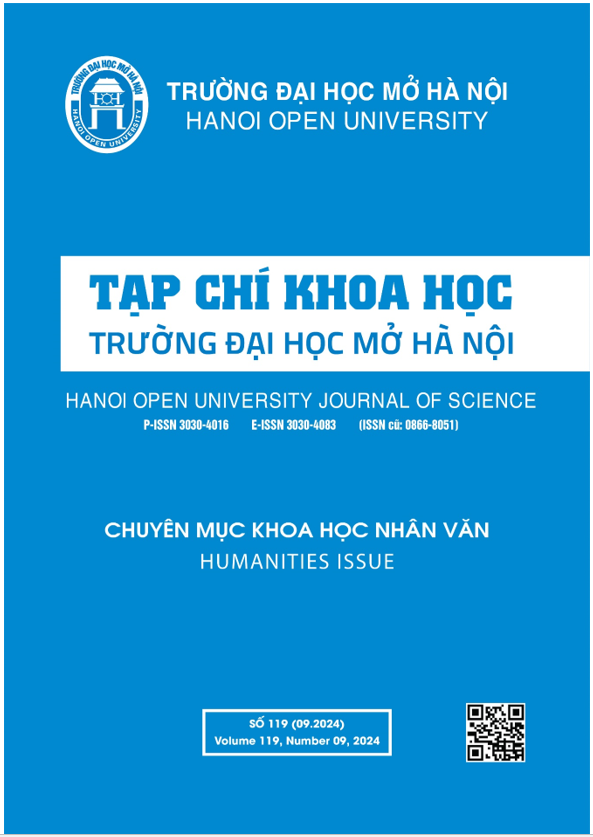POSITIVE TEACHING METHODS COMBINED WITH ARTIFICIAL INTELLIGENCE IN UNIVERSITY TEACHING
DOI:
https://doi.org/10.59266/houjs.2024.455Từ khóa:
University teaching, Active teaching methods, AITóm tắt
Artificial Intelligence is undergoing a superior development phase and can potentially create significant changes in people's daily lives. In teaching, AI is introducing new teaching and learning methods, which have been tested in many countries with varying degrees of development and success. This article aims to analyze the opportunities, challenges, and future impacts of AI in combination with active teaching methods at universities. The article evaluates the changes that AI brings to teaching and the difficulties when applying AI to university teaching. It also proposes some key solutions to address these issues. AI is opening new opportunities in teaching, from personalizing the learning process to providing access to the knowledge and skills necessary for the 21st century. However, applying active teaching methods combined with AI in university teaching also faces challenges, from ensuring teaching quality to ensuring that AI does not create discrimination. This article proposes some solutions to address these issues, from training teachers about AI to developing policies to ensure that AI is used fairly and transparently.
Tài liệu tham khảo
[1]. Bali, Maha (2017). Against the 3As of EdTech: AI, Analytics, and Adaptive Technologies in Education. https://www.chronicle.com/blogs/profhacker/ against-the-3as-of-edtech-ai- analytics-and-adaptive-technologies- ineducation/64604.
[2]. Beverly Park Woolf, H. Chad Lane, Vinay K. Chaudhri, Janet L. Kolodner (2013). AI Grand Challenges for Education. AI Magazine, Vol. 34 No. 4: Winter 2013, Association for the Advancement of AI, ISSN 0738-460, 128 (66-88).
[3]. Calum Chace (2018). AI and the Two Singularities. Chapman and Hall/CRC; 1st edition.
[4]. Duc, T. K (2013). Modern teaching theories and methods. Teaching Publishing House, Hanoi.
[5]. Goleman, D. (1996). Emotional Intelligence: why it can matter more than IQ. Bloomsbury.
[6]. James Barrat (2013). Our Final Invention AI and the End of the Human Era. Thomas Dunne Books.
[7]. Kowalski S, Hoffman R, Jain R, Mumtaz M (2011). Using Conversational Agents to Help Teach Information Security Risk Analysis. SOTICS 2011: The First International Conference on Social Eco-Informatics. www.thinkmind.org/ download.php?
[8]. McKinsey (2023). What is AI? https:// www.mckinsey.com/featured-insights/ mckinsey-explainers/what-is-ai.
[9]. Mindmaid (2023). AI Power Technology in Teaching: Benefits, Applications and Excellence. https://blog.mindmaid.ai/cong-nghe-ai-trong-giao-duc/.
[10]. Resolution No. 29-NQ/TW. Fundamentally and comprehensively innovate teaching and training to meet the requirements of industrialization and modernization in a socialist-oriented market economy and international integration. November 4, 2013.
[11]. UNESCO (2018). Re-orienting Education Management Information Systems towards Inclusive and Equitable Quality Education and Lifelong Learning. UNESCO Working Papers on Education Policy.
[12]. UNESCO (2019). AI in Education: Challenges and Opportunities for Sustainable Development, United Nations Educational, Scientific and Cultural Organization. Place de Fontenoy, 75352 Paris 07 SP, France.
